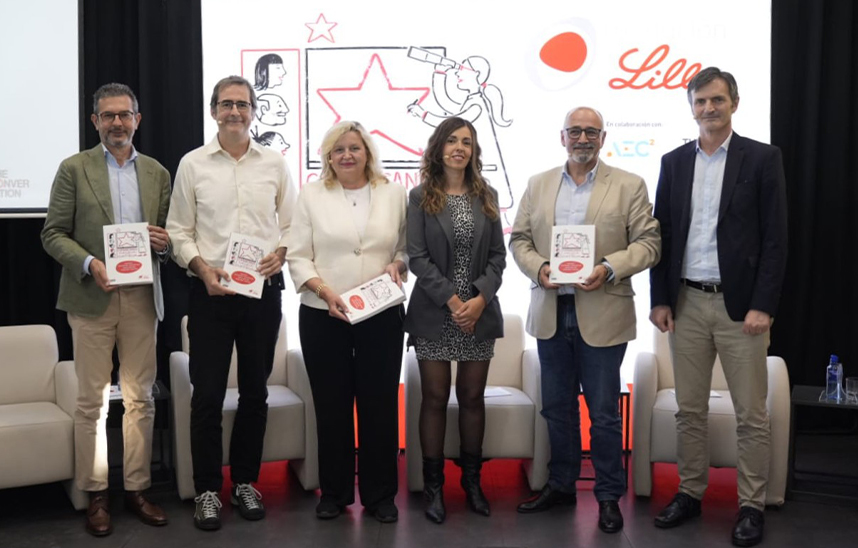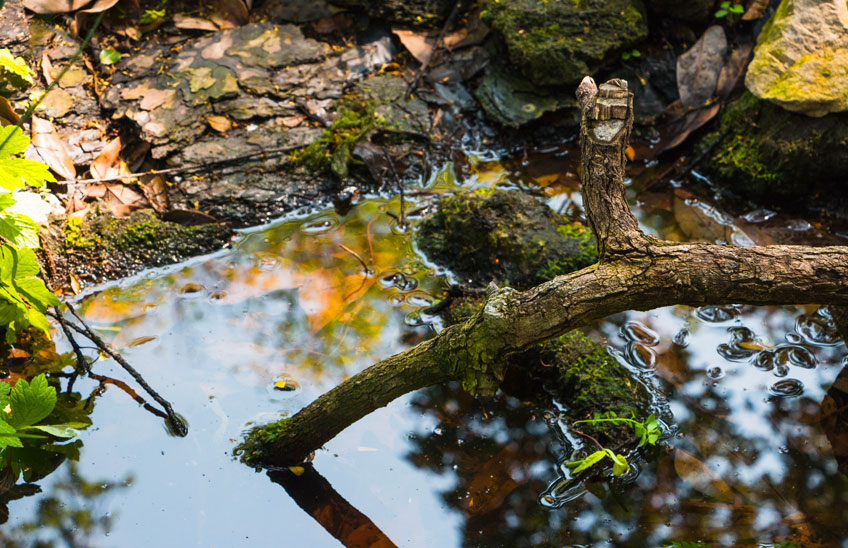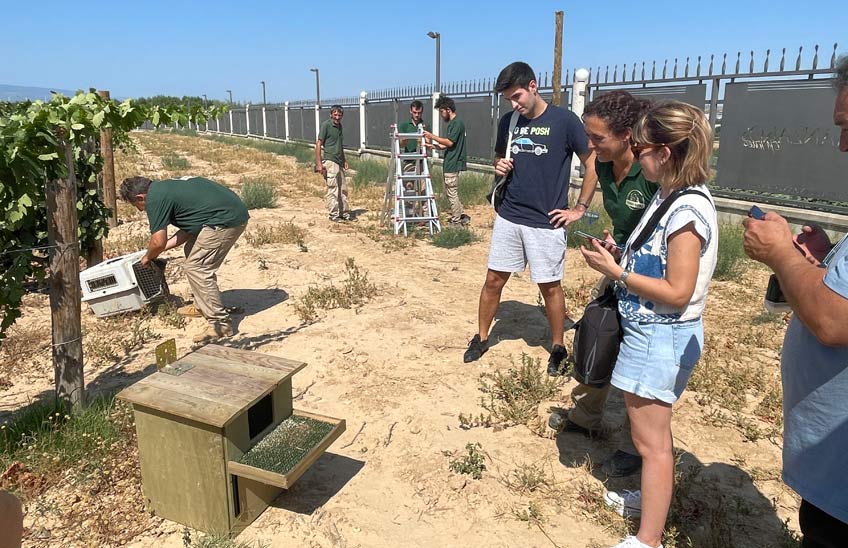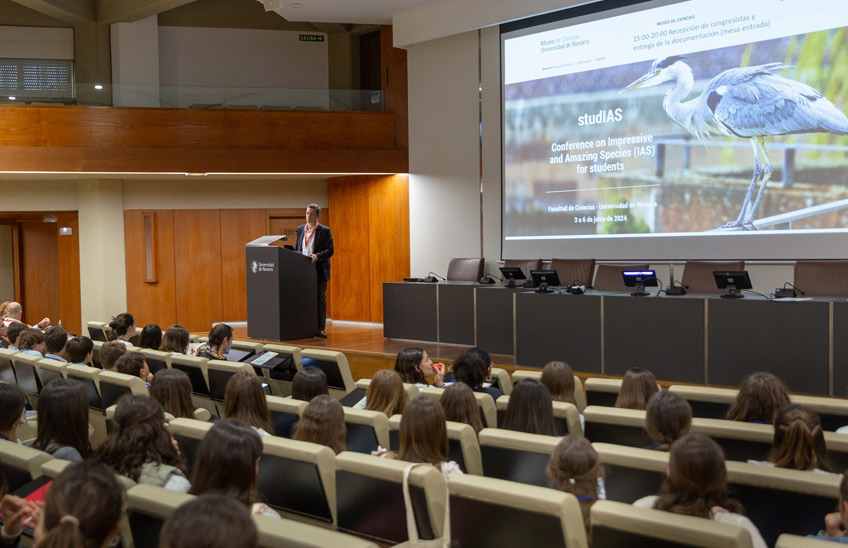BIOMA Institute researchers recognized in Stanford University rankings
José María García-Mina and Amaya Azqueta, researchers at the University, appear in the latest edition of the Stanford University ranking.
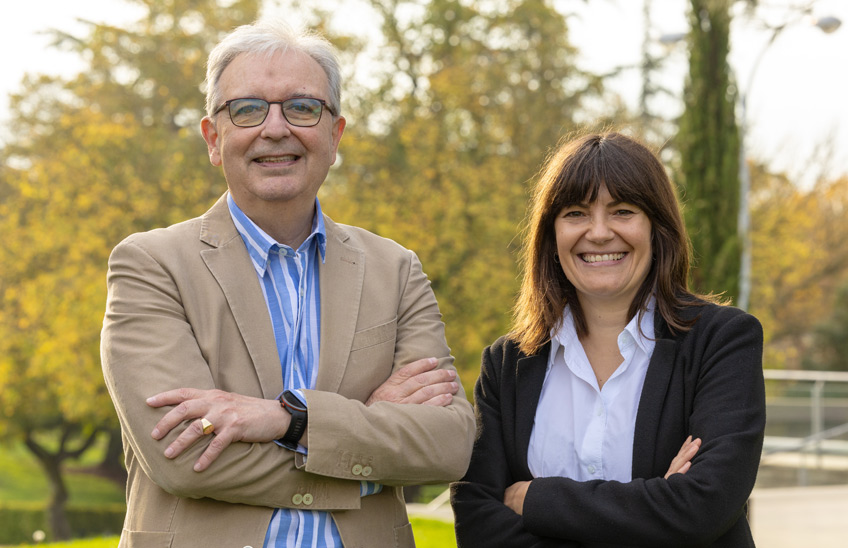
FotoCedida<br>/José María García-Mina y Amaya Azqueta
07 | 11 | 2024
Stanford University (California, USA) has recently published the annual update of its "Updated science-wide author databases of standardized citation indicators", a publication known as the Stanford Researcher Ranking, one of the most prestigious rankings in academia worldwide. This ranking identifies researchers who have had a significant impact in their fields of study, measuring not only the quantity of publications, but also the quality and influence of their work on the academic community.
The 2023 edition features José María García-Mina and Amaya Azqueta, researchers at Biodiversity and Environment Institute -BIOMA- of the University of Navarra. The work of both have not only contributed significantly to their respective areas of knowledge, but, in the case of García-Mina, have also achieved worldwide impact by being included in the top 2% of the most cited researchers globally.
José María García-Mina, Full Professor of Chemistry Agricultural and Soil Science of the School of Sciences of the University of Navarra, has numerous contributions in the field of preservation and sustainable employment of natural resources, fertilizers, and the study of the relationships between the structure of soil organic molecules and their beneficial effects on the development of plants. These programs of study have resulted in numerous scientific publications in high impact journals, as well as the development of international patents.
For her part, Dr. Amaya Azqueta has been highlighted for her work in the development of a essay for the detection of different DNA lesions, called essay of the comet, which is used both in the assessment of the genotoxicity of chemical compounds and nanomaterials, and in human and environmental biomonitoring. Amaya is Professor of Toxicology at the School of Pharmacy and Nutrition of the University of Navarra and President of the European Society for Environmental Mutagenesis and Genomics.
In addition, 20 other researchers from the University of Navarra are listed in this last ranking update as leaders in their respective disciplines. This recognition reflects the commitment of researchers at the University of Navarra to scientific excellence and reinforces their mission statement to contribute to the advancement of knowledge and to innovate solutions that benefit both society and the environment.
The Biodiversity and Environment Institute of the University of Navarra is a research center that aims to respond, based on scientific evidence, to the main environmental challenges facing the planet. The Institute is made up of more than sixty researchers working in four main areas: biodiversity and natural wealth, environmental quality and health, sustainable agriculture and agroecology, sustainability and Economics circular.

